1,971cc SOHC 48-Valve Inline 6-Cylinder Engine 3 SU Down-Draft Carburetors 133bhp at 5900rpm 4-Speed Manual Transmission Independent Front Suspension with Live Axle Rear Suspension 4-Wheel Drum Brakes *Aero industry inspired development *Well-known and highly respected Special *Eligible of all manner of historic motorsport events *Well-maintained by marque experts *Period Goodwood and Silverstone history THE MOTORCAR OFFERED This British-constructed BMW special proved itself an extremely competitive and impressive example of its type within the dynamic, fast-developing British motor racing scene of the late 1940s and early 1950s. Owner-driver Ron Willis ran the Loughton Motor Company. His son-in-law, Charles Bulmer, was a young engineer who would go on to become one of the most respected of all British motoring journalists as Editor of the widely-read and much-admired weekly journal, 'The Motor' . Ron Willis bought his original 1.5-liter Frazer Nash BMW 315/1 - chassis '51203' - as early as 1946. He began to compete with it straight away in minor-league trials, sprints, and hill-climbs. The car's performance could plainly be improved from its production specification, and Willis consequently commenced the sequence of modification which would turn his LMC-Frazer Nash-BMW special into a formidably quick contender within its class. His first modifications were to lighten the car and improve its shape. One of the first improvements that Willis made was to remove the BMW's aerodynamically-obstructive steel wings and to relocate its headlights into an inset position within the foot of the radiator cowl, while the original flowing wings were replaced by stark light-aluminum motor-cycle type fenders. The full-width windscreen was replaced by a more aerodynamic double screen. It was during this early modification stage that Willis engaged the help of his son-in-law, Charles Bulmer, who was at that time working in aeronautical-engineering research at the Royal Aircraft Establishment (RAE) in Farnborough, Hampshire. Bulmer provided the engineering sophistication to enable Willis to make sensible and effective modifications to his sports BMW. At the Bugatti Owners' Club's famous Prescott hill-climb venue in June 1946, the car in standard form had achieved a best climb time of 62.5 seconds. Back at Prescott again in June 1947, with its new cycle-type fenders, abbreviated windscreen, and the headlights tucked inboard, he improved his time mightily - to 54.36 seconds. Later that summer of 1947, Willis and Bulmer took the car to its first circuit race, the Ulster Trophy Handicap at the Dundrod public-road circuit in Ulster. The car lasted only two laps as an engine bearing failed, necessitating a major engine rebuild—during which Willis made many modifications to the still basically standard BMW engine. Its compression ratio was raised to more than 9:1, and breathing was improved by replacing the long head bolts which passed clean through the middle of the inlet ports with Allen screws fitted flush with the bottom of the ports. With Charles Bulmer's help and aviation industry contacts, Ron Willis also developed specially-cast magnesium wheels, each of which saved somewhere 12-15lbs unsprung weight at each corner. These LMC wheels proved so successful that Willis became a commercial supplier to many rival competitors campaigning BMW 328s and other BMW-based specials of that period. While 1948 saw the already restricted 'Basic' petrol ration cancelled completely as the nation fought to recover from the ravaging 'Big Freeze' winter of 1947-48 – motoring competition just about managed to survive. In fact, that year saw the inaugural meeting at the new Goodwood Motor Circuit take place in September, and the first British Grand Prix then run at Silverstone in October. Yet the year also saw Charles Bulmer given the opportunity to drive the Willis BMW for the first time. Some 57 years later he recalled the experience like this: "I was captivated by it
1,971cc SOHC 48-Valve Inline 6-Cylinder Engine 3 SU Down-Draft Carburetors 133bhp at 5900rpm 4-Speed Manual Transmission Independent Front Suspension with Live Axle Rear Suspension 4-Wheel Drum Brakes *Aero industry inspired development *Well-known and highly respected Special *Eligible of all manner of historic motorsport events *Well-maintained by marque experts *Period Goodwood and Silverstone history THE MOTORCAR OFFERED This British-constructed BMW special proved itself an extremely competitive and impressive example of its type within the dynamic, fast-developing British motor racing scene of the late 1940s and early 1950s. Owner-driver Ron Willis ran the Loughton Motor Company. His son-in-law, Charles Bulmer, was a young engineer who would go on to become one of the most respected of all British motoring journalists as Editor of the widely-read and much-admired weekly journal, 'The Motor' . Ron Willis bought his original 1.5-liter Frazer Nash BMW 315/1 - chassis '51203' - as early as 1946. He began to compete with it straight away in minor-league trials, sprints, and hill-climbs. The car's performance could plainly be improved from its production specification, and Willis consequently commenced the sequence of modification which would turn his LMC-Frazer Nash-BMW special into a formidably quick contender within its class. His first modifications were to lighten the car and improve its shape. One of the first improvements that Willis made was to remove the BMW's aerodynamically-obstructive steel wings and to relocate its headlights into an inset position within the foot of the radiator cowl, while the original flowing wings were replaced by stark light-aluminum motor-cycle type fenders. The full-width windscreen was replaced by a more aerodynamic double screen. It was during this early modification stage that Willis engaged the help of his son-in-law, Charles Bulmer, who was at that time working in aeronautical-engineering research at the Royal Aircraft Establishment (RAE) in Farnborough, Hampshire. Bulmer provided the engineering sophistication to enable Willis to make sensible and effective modifications to his sports BMW. At the Bugatti Owners' Club's famous Prescott hill-climb venue in June 1946, the car in standard form had achieved a best climb time of 62.5 seconds. Back at Prescott again in June 1947, with its new cycle-type fenders, abbreviated windscreen, and the headlights tucked inboard, he improved his time mightily - to 54.36 seconds. Later that summer of 1947, Willis and Bulmer took the car to its first circuit race, the Ulster Trophy Handicap at the Dundrod public-road circuit in Ulster. The car lasted only two laps as an engine bearing failed, necessitating a major engine rebuild—during which Willis made many modifications to the still basically standard BMW engine. Its compression ratio was raised to more than 9:1, and breathing was improved by replacing the long head bolts which passed clean through the middle of the inlet ports with Allen screws fitted flush with the bottom of the ports. With Charles Bulmer's help and aviation industry contacts, Ron Willis also developed specially-cast magnesium wheels, each of which saved somewhere 12-15lbs unsprung weight at each corner. These LMC wheels proved so successful that Willis became a commercial supplier to many rival competitors campaigning BMW 328s and other BMW-based specials of that period. While 1948 saw the already restricted 'Basic' petrol ration cancelled completely as the nation fought to recover from the ravaging 'Big Freeze' winter of 1947-48 – motoring competition just about managed to survive. In fact, that year saw the inaugural meeting at the new Goodwood Motor Circuit take place in September, and the first British Grand Prix then run at Silverstone in October. Yet the year also saw Charles Bulmer given the opportunity to drive the Willis BMW for the first time. Some 57 years later he recalled the experience like this: "I was captivated by it
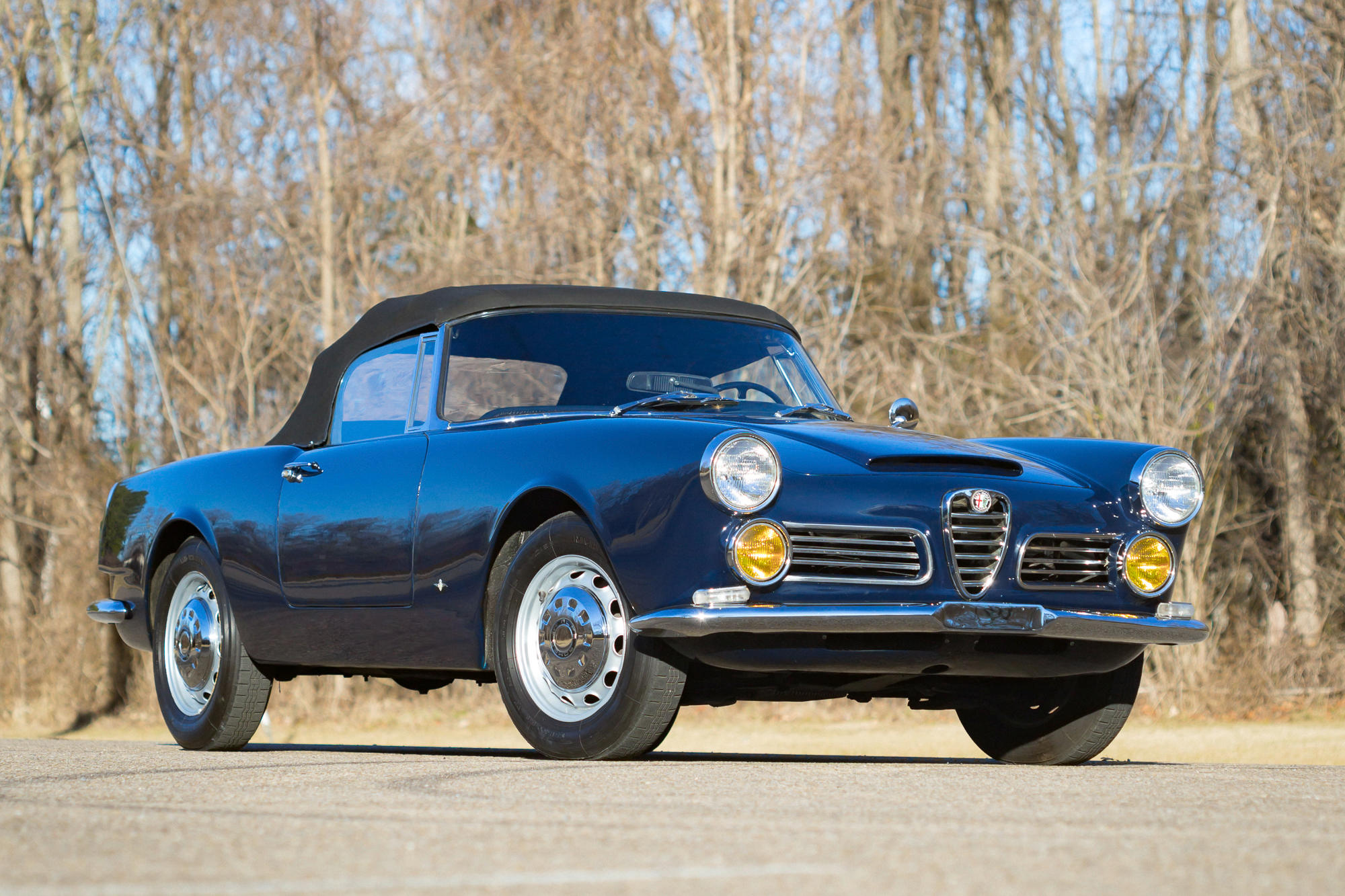
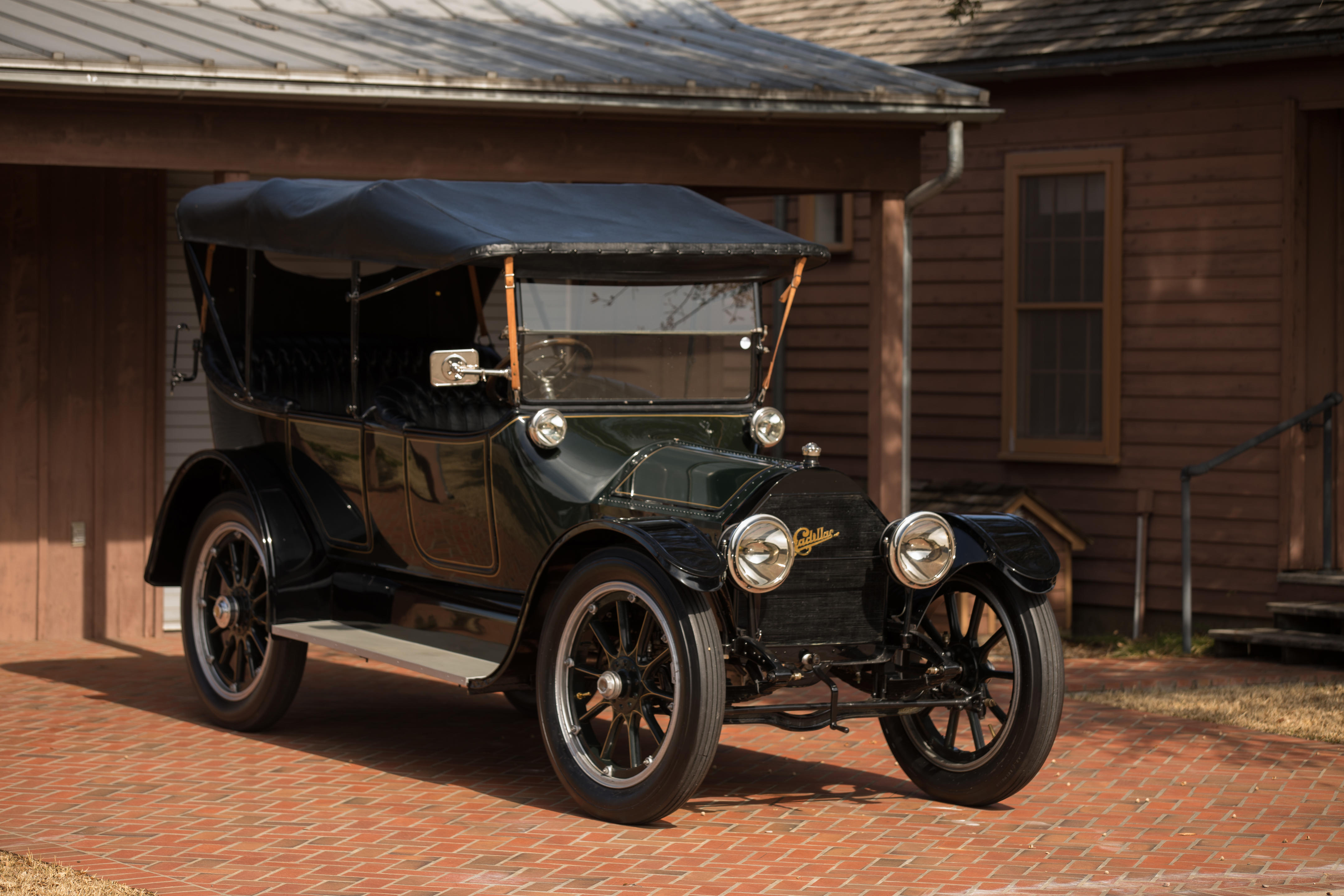
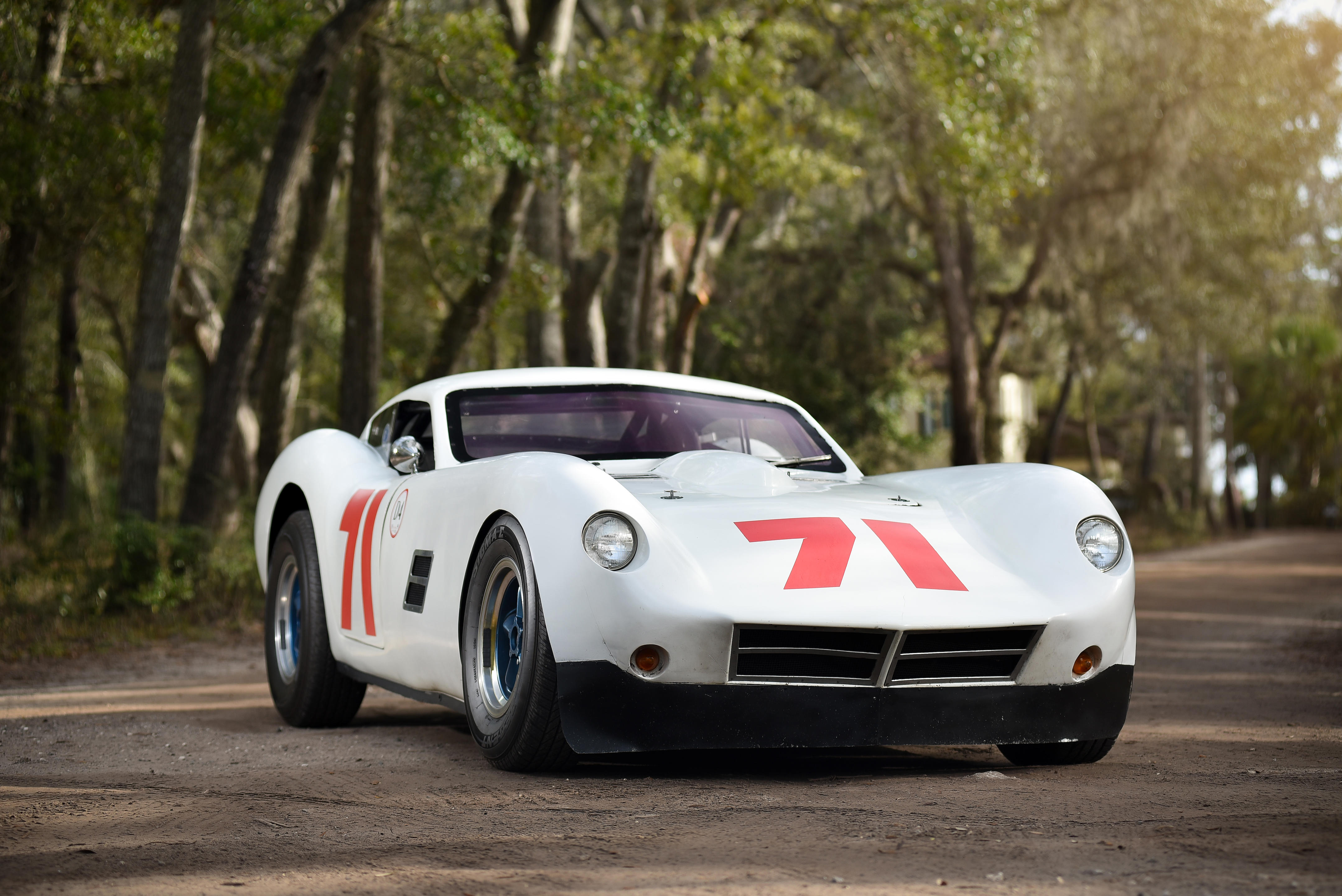
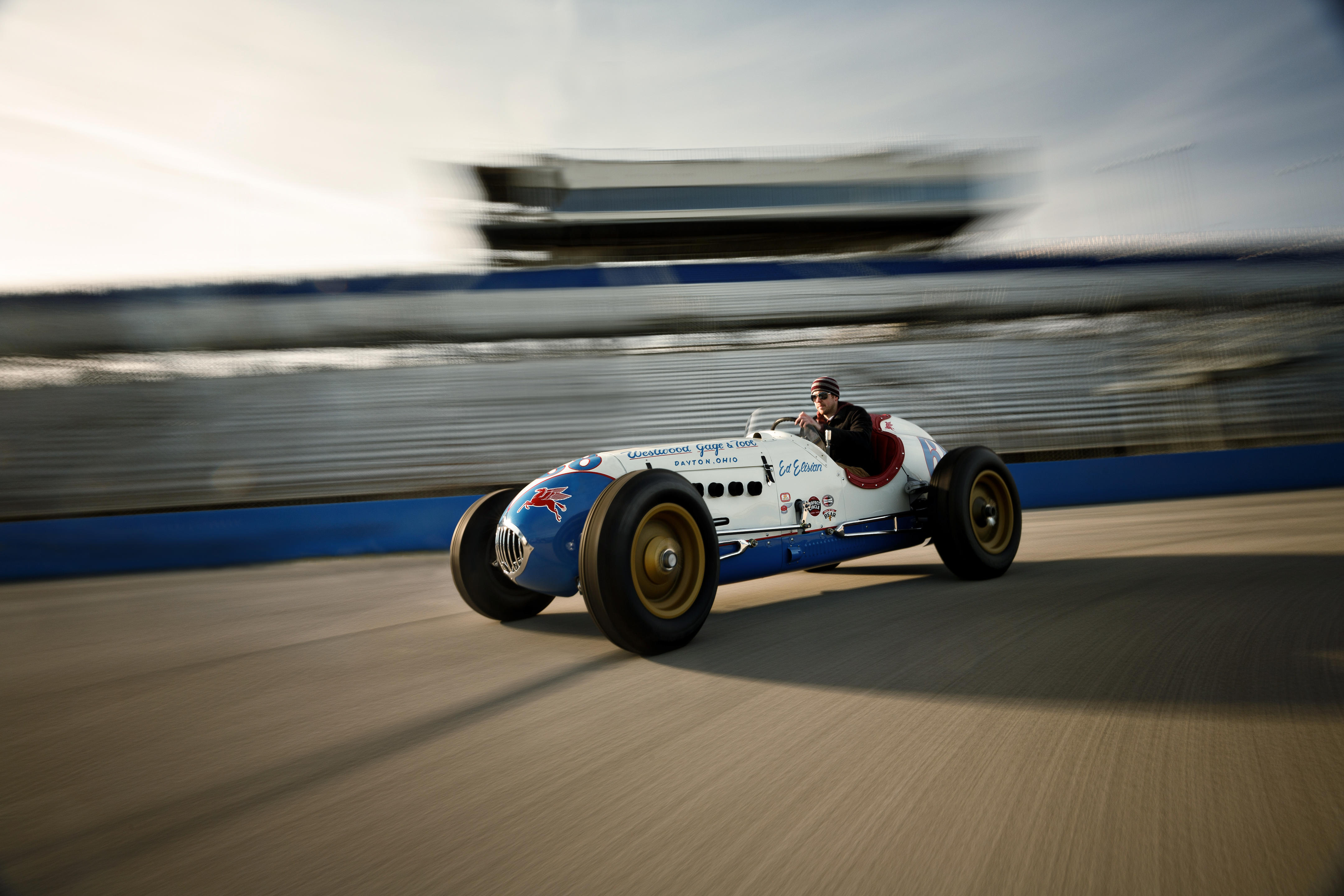
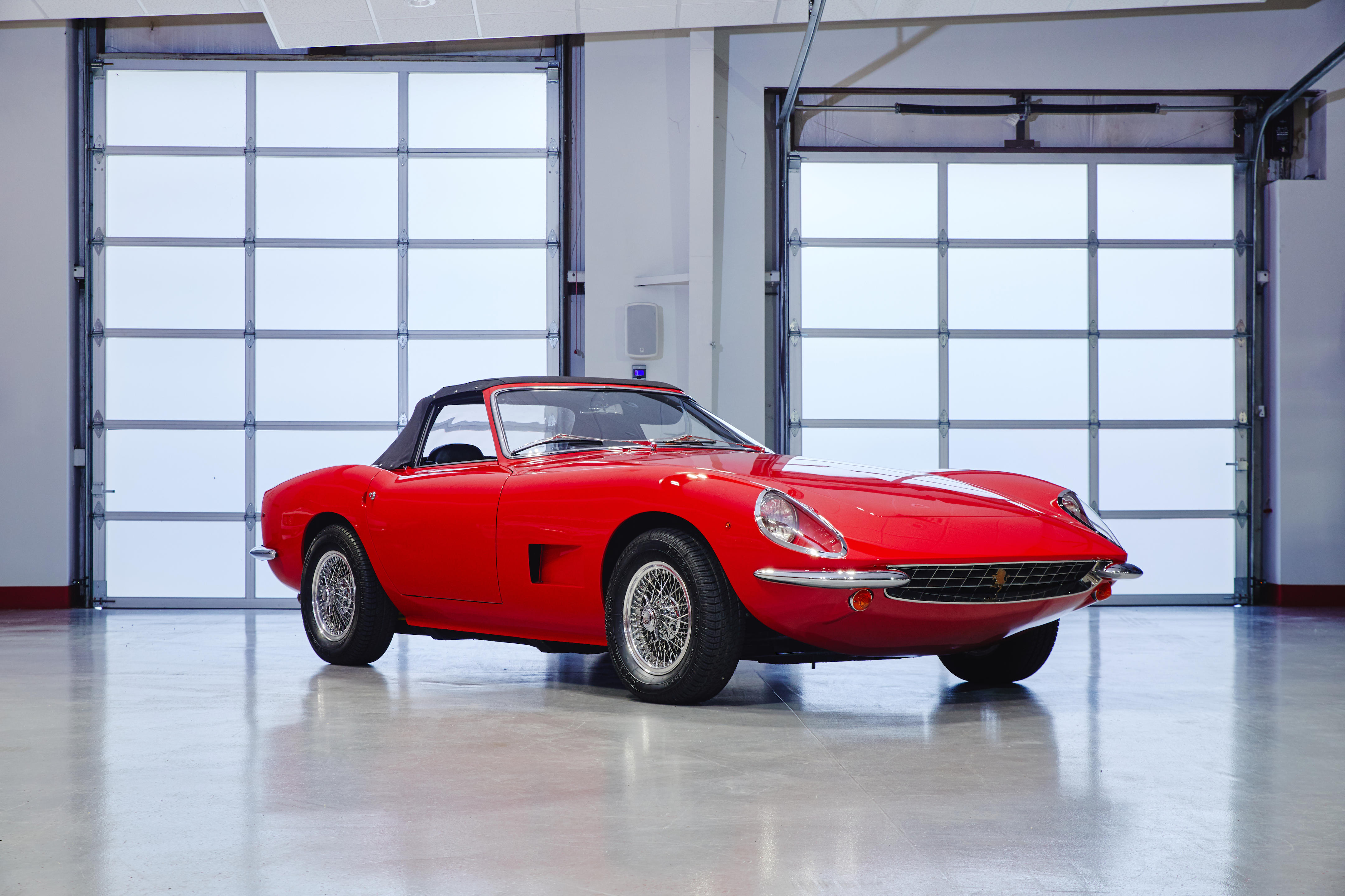


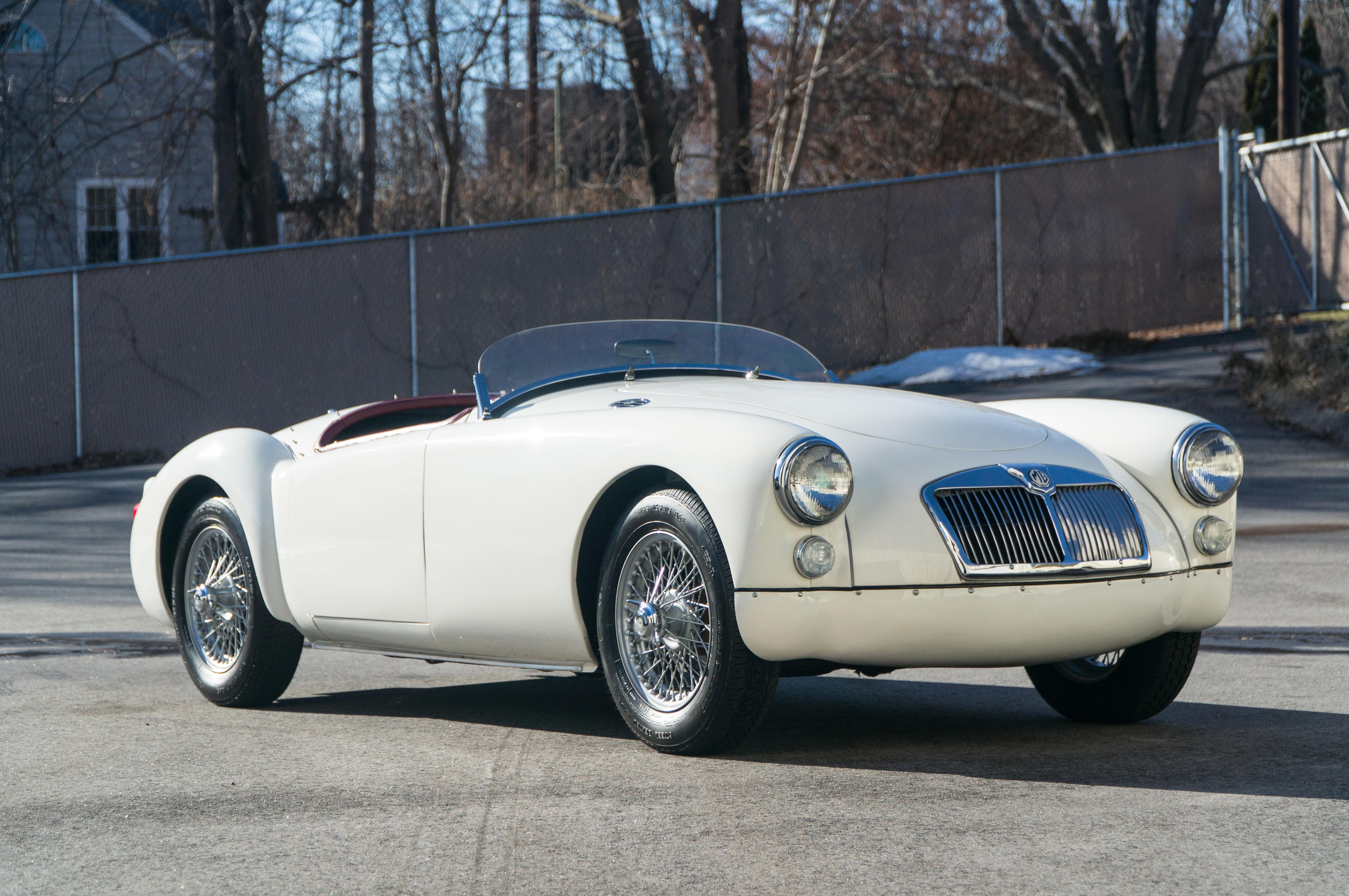
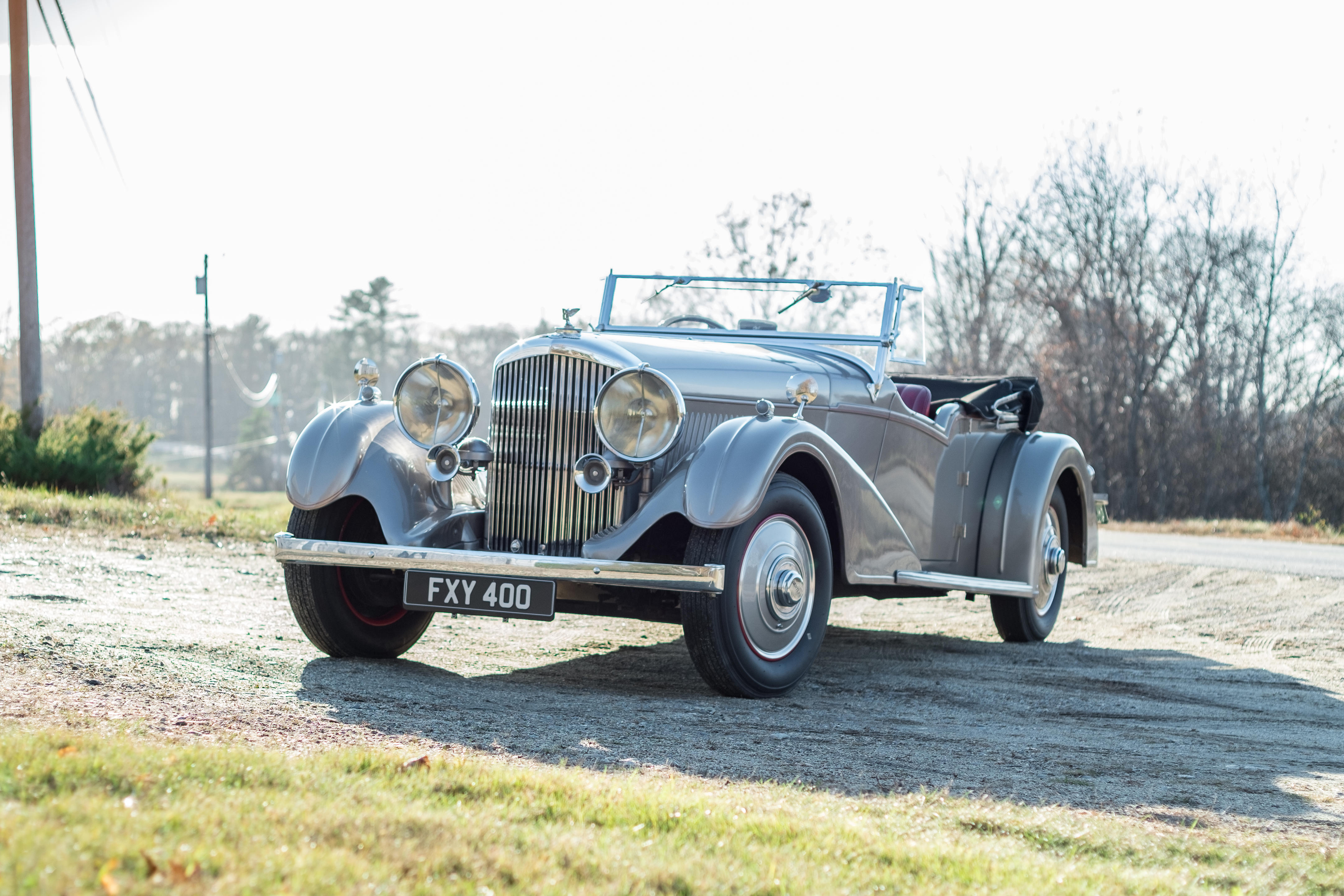
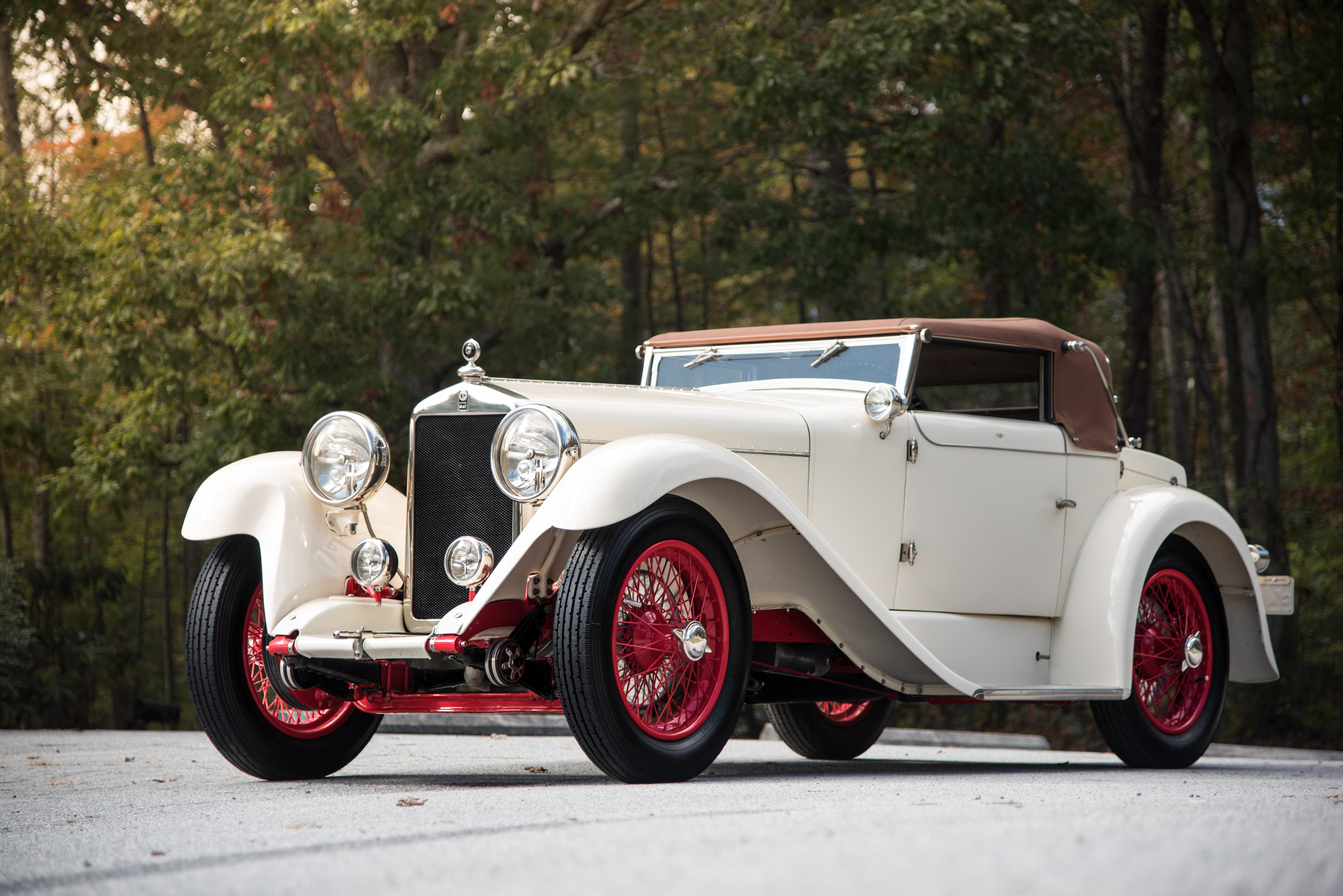


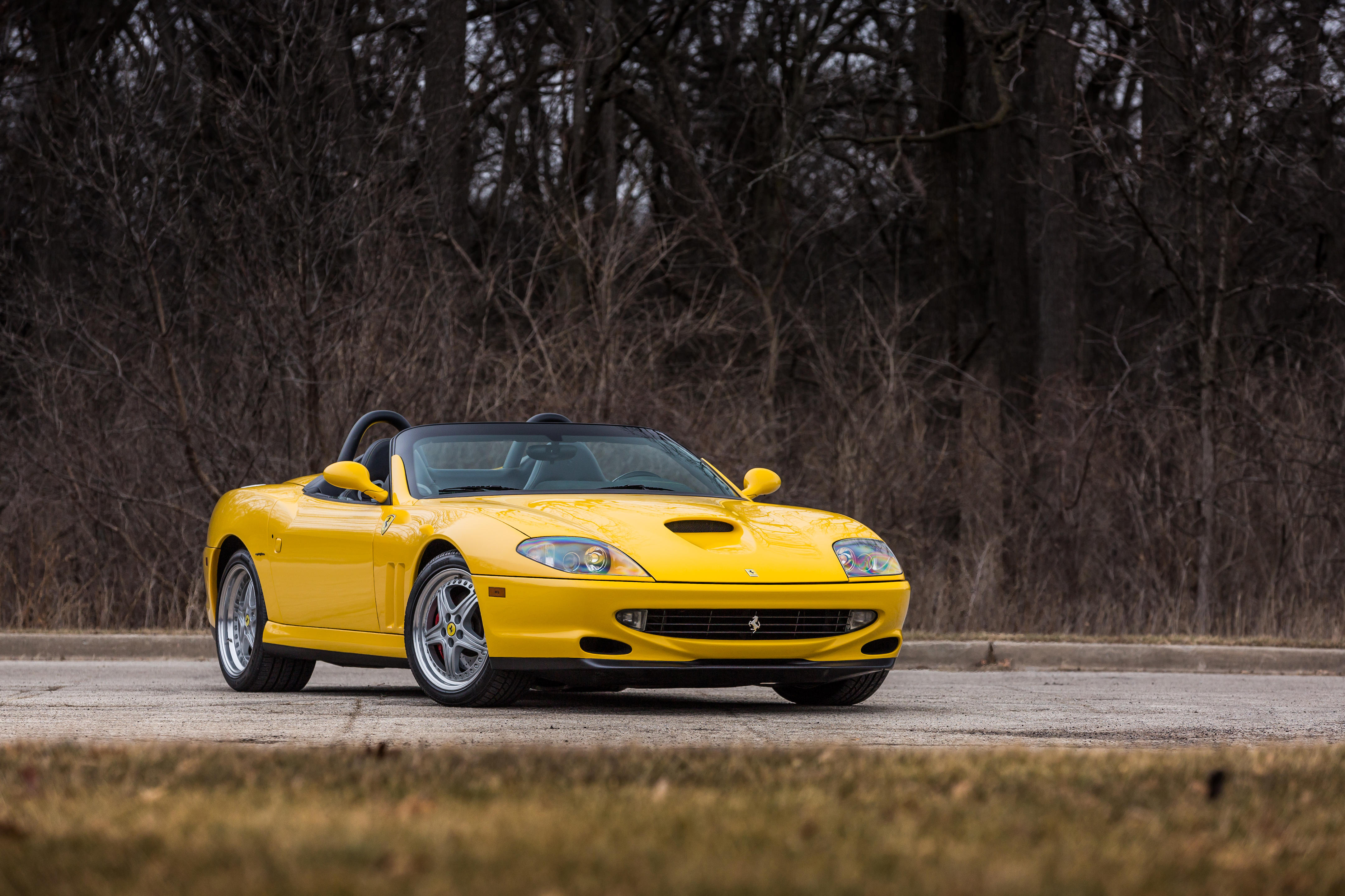
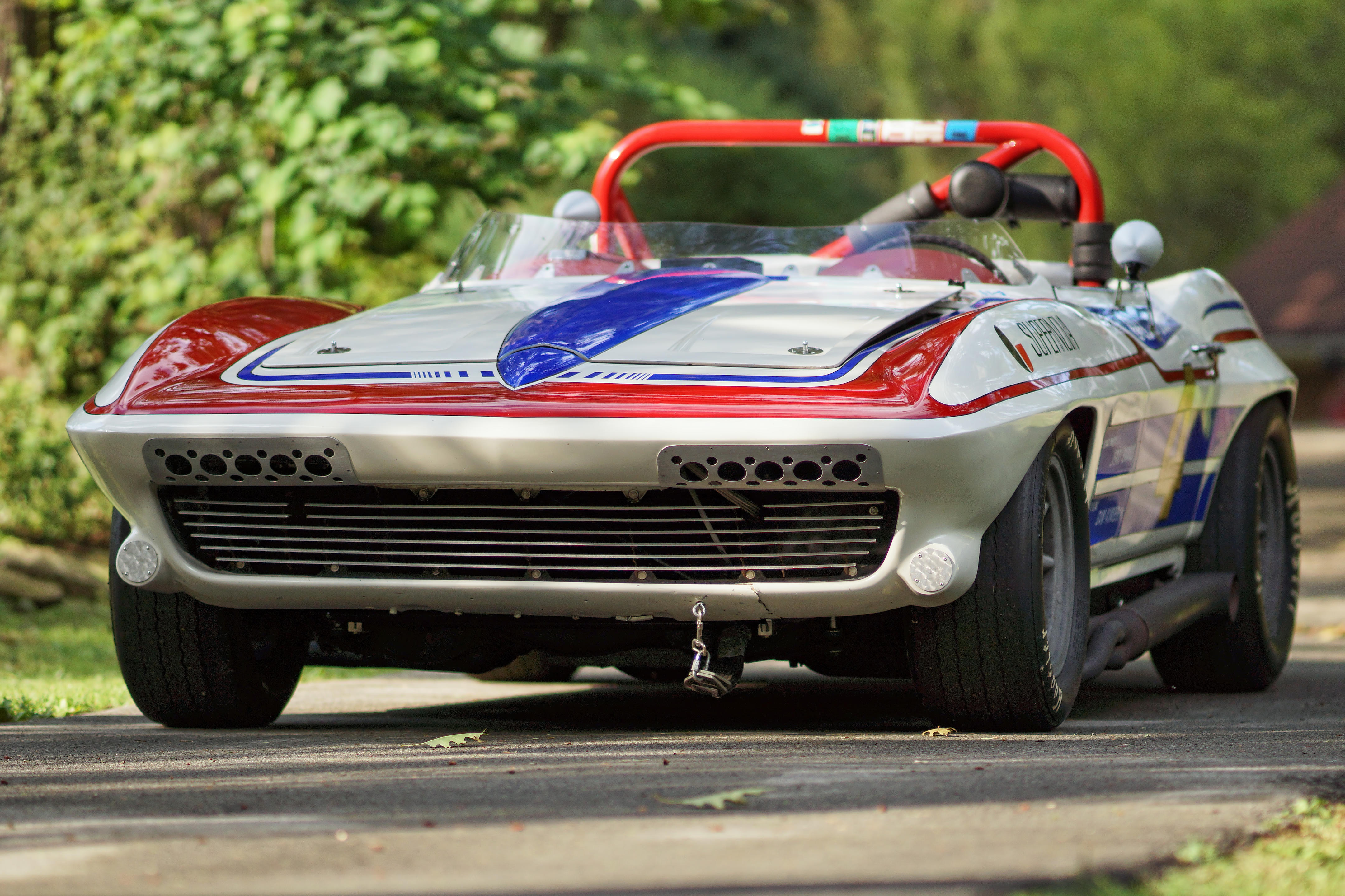
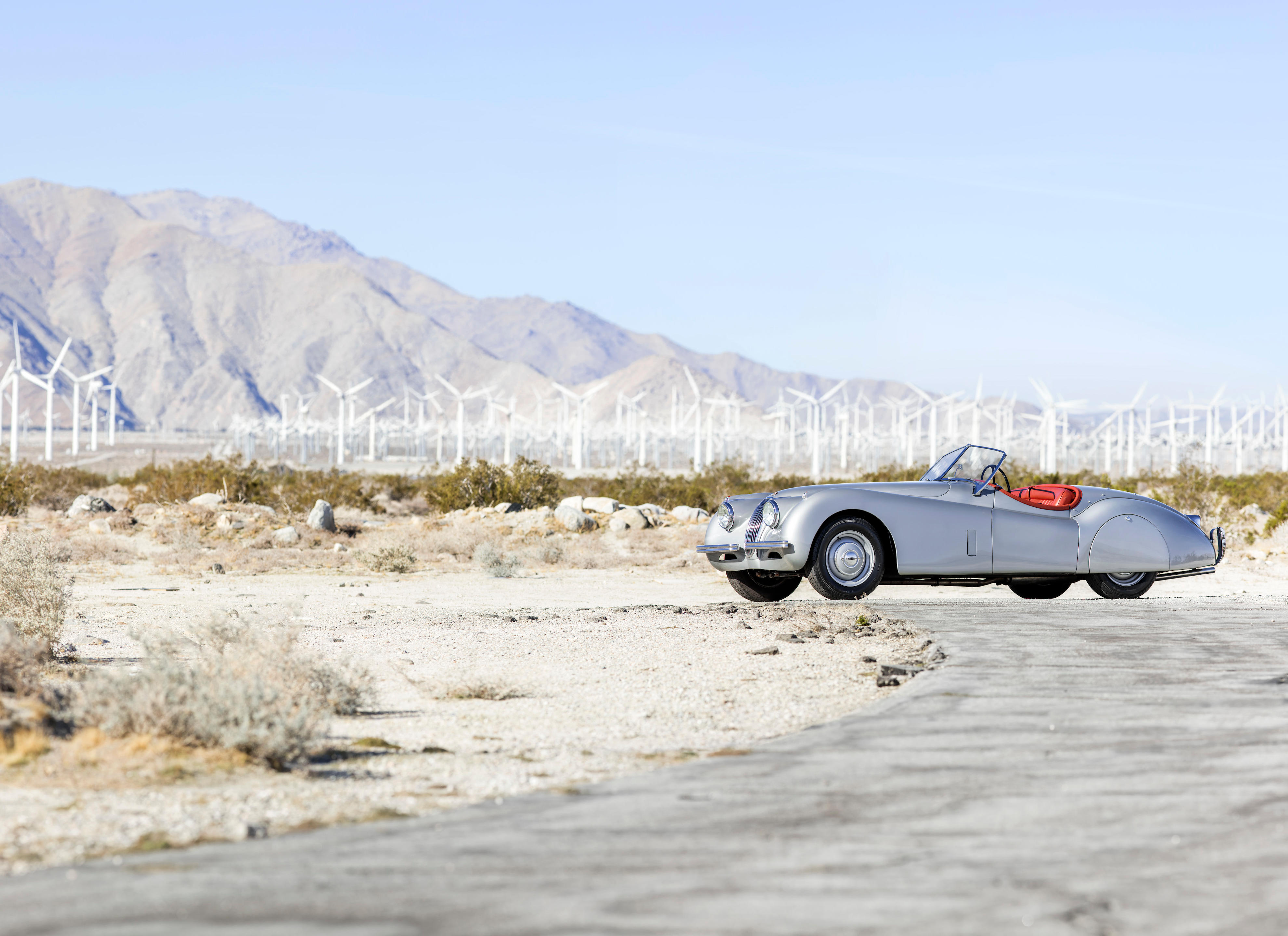
Try LotSearch and its premium features for 7 days - without any costs!
Be notified automatically about new items in upcoming auctions.
Create an alert